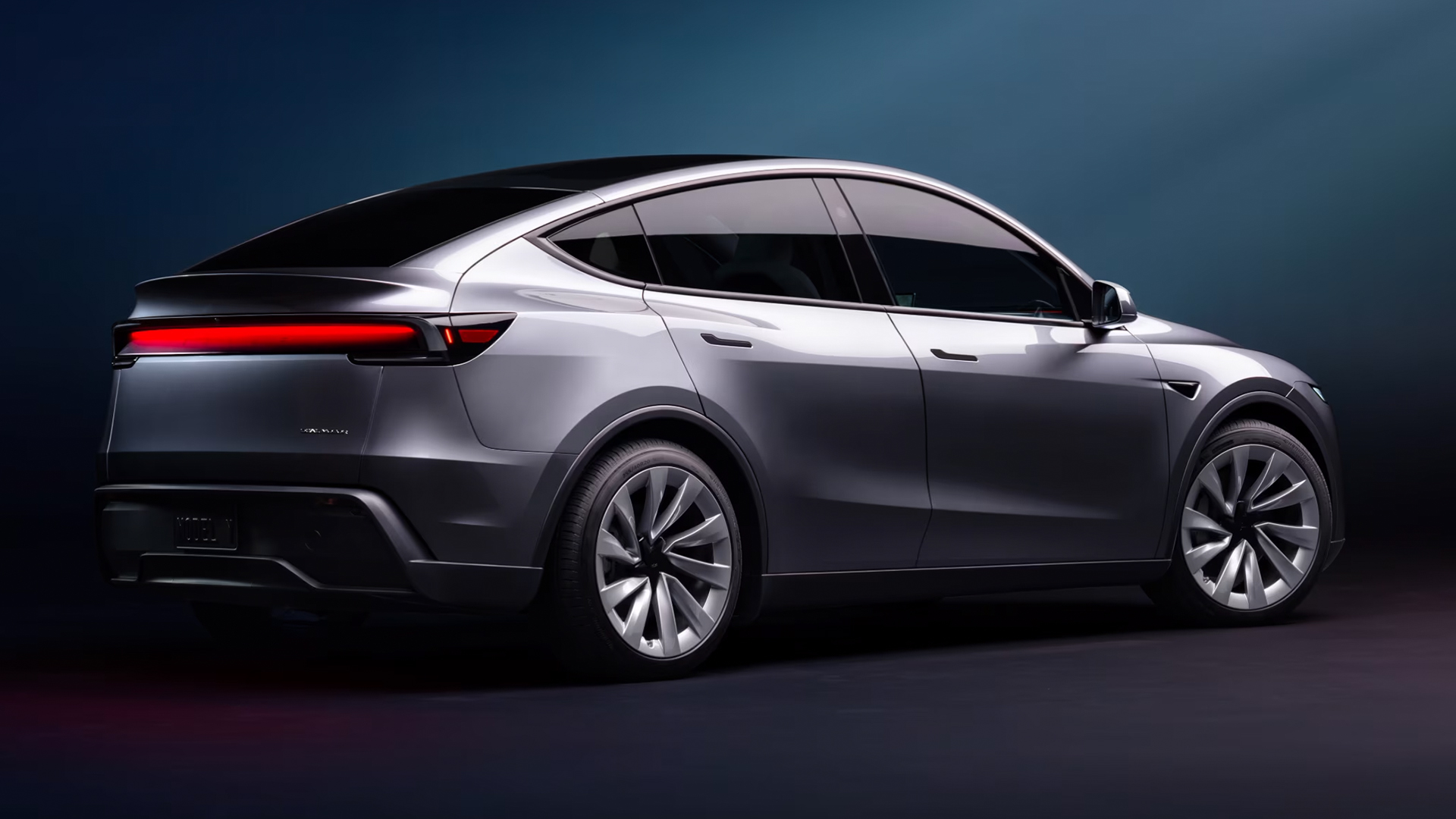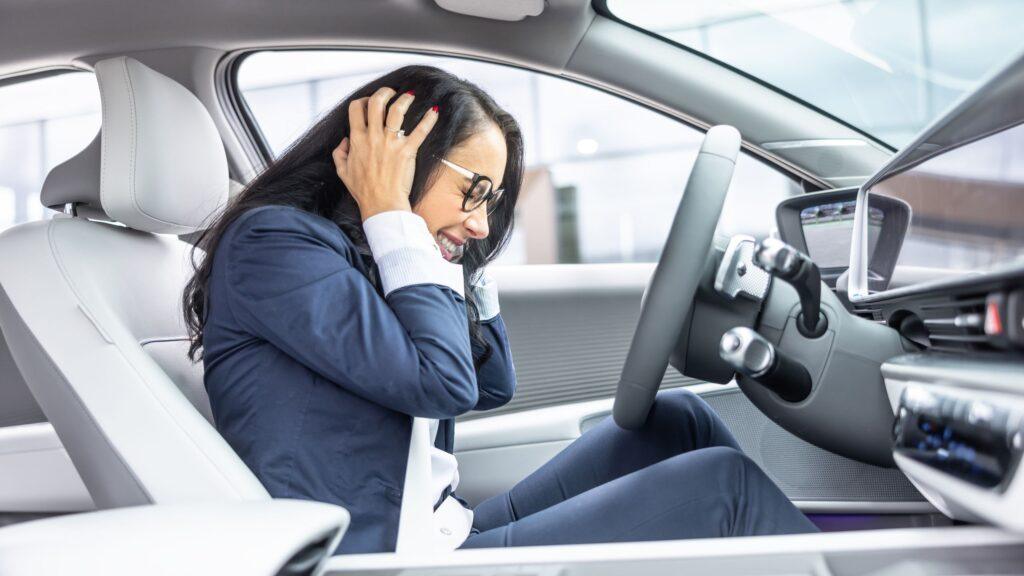- Report claims Euro NCAP tests will focus on ‘annoying’ safety tech
- Confusing touch screens will also get attention
- The European accident safety body will make big changes by 2026
Europe’s leading crash safety organisation, Euro NCAP, has revealed it will make significant changes to its testing next year, focusing on “annoying warnings or intrusive interventions”, according to a report from Autocar.
Euro NCAP has been crash testing new vehicles for almost 30 years and has become synonymous with the highest levels of safety. Manufacturers have used the coveted five-star rating to promote models that meet the most rigorous safety standards.
Comprised of tests that examine passive safety features such as structural elements and occupant safety in the event of an accident, active technology and advanced driver assistance systems (ADAS) have been given increasing attention in recent years.
These include things like lane keeping assist, speed limit warning systems, and automatic braking functionality.
However, Euro NCAP has reportedly listened to consumer feedback and will adapt its testing strategy next year to ensure that any advanced driver assistance system adds an extra element of safety without distracting the driver.
Starting next year, higher safety ratings will be given to vehicles that “maintain attention and engagement behind the wheel,” with additional points awarded to “systems that monitor driver performance in real time.”
This relates to more advanced safety systems that essentially only kick into action when the on-board computer system detects that the driver is distracted, rather than interrupting with an audible sound whenever a driver does something that is considered remotely unsafe.
Volvo and Polestar offer such systems, which constantly track the driver’s eye and head movements, adjusting the sensitivity of the ADAS technology based on perceived concentration levels.
According to Autocar, Euro NCAP will also offer special recognition to systems that can detect the influence of drugs or alcohol and safely stop the car if the driver becomes unconscious.
Buttons are back, baby.

Changes to Euro NCAP’s crash testing protocol are expected to prevent manufacturers from adding every conceivable safety system to a new car without thinking about its calibration or the potential distracting impact on drivers.
So far, Euro NCAP has awarded additional points to any manufacturer that includes such ADAS technologies, without analyzing their effectiveness.
However, there has been a huge backlash from consumers who now have to endure countless beeps and alerts at the mere hint of a lane marking or when the speedometer moves just 1 mph over the speed limit.
Many manufacturers have been forced to add shortcut buttons that allow the driver to turn off all of these systems. But that completely negates its usefulness and makes its very existence almost useless.
Now, it looks like Euro NCAP will finally investigate its real-world performance, forcing manufacturers to think about how to implement the technology to ensure it truly benefits the driver.
In addition to this, NCAP will also assess the “location, clarity and ease of use” of key car functionality, meaning physical buttons for the car’s most used and important controls are very likely to return to dashboards.
Again, this is a direct response to the general concern that core functionality is buried in layer upon layer of the touchscreen menu. This can include things like adjusting your rearview mirrors, but it also extends to very important functions like window defrosters and even fog lights.
Many emerging manufacturers followed Tesla’s lead when it came to touchscreen controls, but many could now see their Euro NCAP safety figures decline if they continue to do so.
What’s more, the safety organization also said it will shift its focus to “post-crash safety,” meaning the power door handles must continue to work after an accident, something Tesla has also been criticized for in recent months.
Follow TechRadar on Google News and add us as a preferred source to receive news, reviews and opinions from our experts in your feeds. Be sure to click the Follow button!
And of course you can also follow TechRadar on TikTok for news, reviews, unboxings in video form and receive regular updates from us on WhatsApp also.




